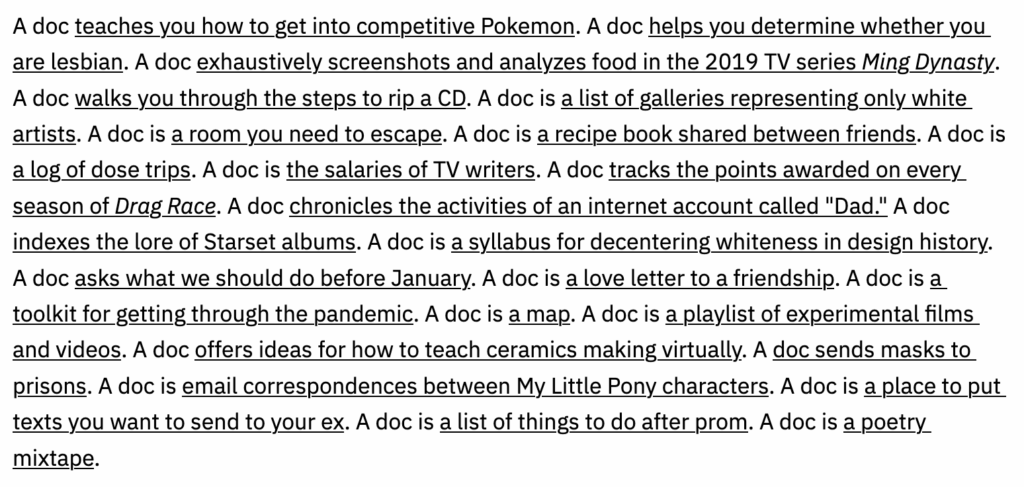I recently read an article by Samantha Edmonds, The Shattered Novel: Rules of Fragmented Fiction. I’ve always been tantalised by the idea of writing a novel made of fragments, something that might even accrete from the sort of microfictions I write.
For me, fragmented fiction does a better job of describing the world that we live in than the traditional novel. Social media is the most popular form of narrative today, and it breaks the world into small pieces of text that do not always sit comfortably beside each other.
Edmonds feels the same frustration as me with the idea of linear narative, preferring “fiction that has shattered during construction. They don’t follow a linear narrative, but instead consist of scene-scraps and thought-splinters patched haphazardly together to tell a story”. She proposes three things that fragmented fiction relies upon:
- Seeming randomness (which is actually patterned)
- Plot
- Metafictionality
The second of these items is particularly interesting – for Edmonds there should be a familiar plot which, in Offili’s Dept. of Speculation, is the story of a woman catching her husband cheating, with all the scenes one would expect in an ‘infidelity novel’. “The story doesn’t attempt to do anything game-changing regarding the standard relationship plot; it’s already attempting to experiment in other areas (like form).” This plot makes the book more accessible.
In writing about metafictionality, Edmonds quotes David Shields, writer of Reality Hunger: “I find it very nearly impossible to read a contemporary novel that presents itself unselfconsciously as a novel, since it’s not clear to me how such a book could convey what it feels like to be alive right now.”

